Things to read: on craft
It's another link roundup! Some day I will start writing new things again (or finish writing the stuff I started). But in the mean time, lots of other interesting things have been written, so let me write them down for you here.
This time, the theme is craft. The idea of caring about your work, the material you're dealing with. Attending to the task as best you can, whatever that is.
Here's our first link:
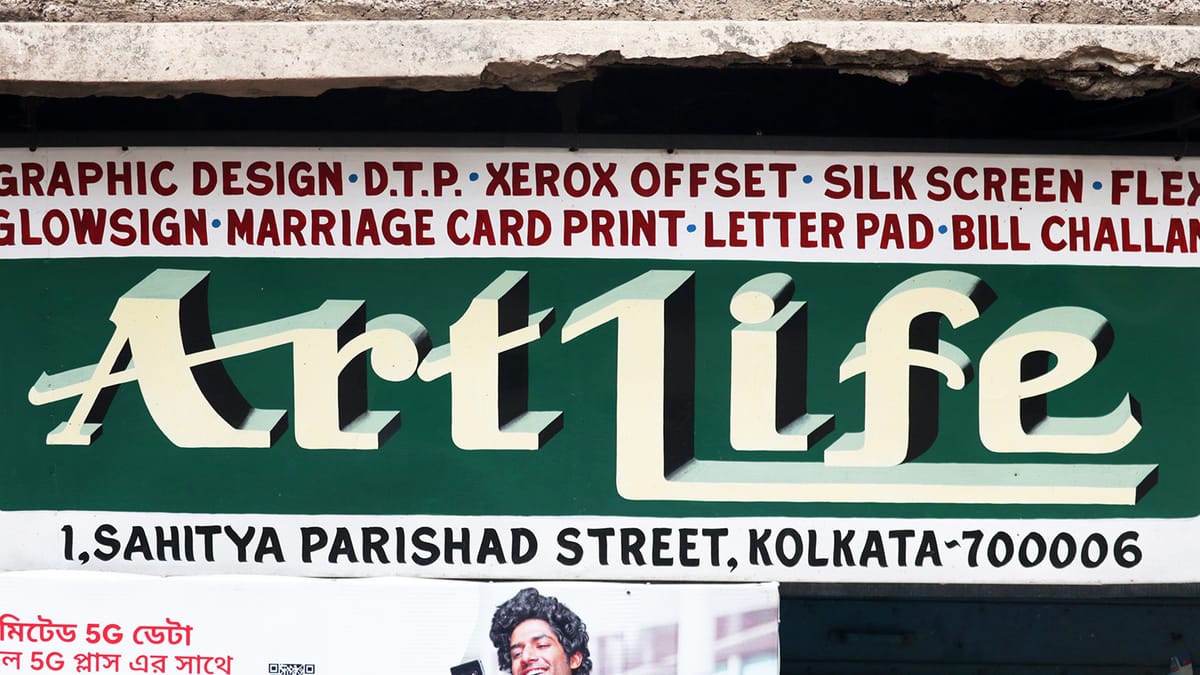
What I like about this is that she has went beyond just taking some pictures of nice signs, but she has spoken to sign painters, she has considered how they tackle the problems they are trying to solve. How do they deal with different languages? How do they stand out when everyone else has colourful signs? And on the flipside, how are they maybe reproducing limitations they don't actually need to abide by?
To stay visual, let's look at some corpses! (yes, this is a content warning)
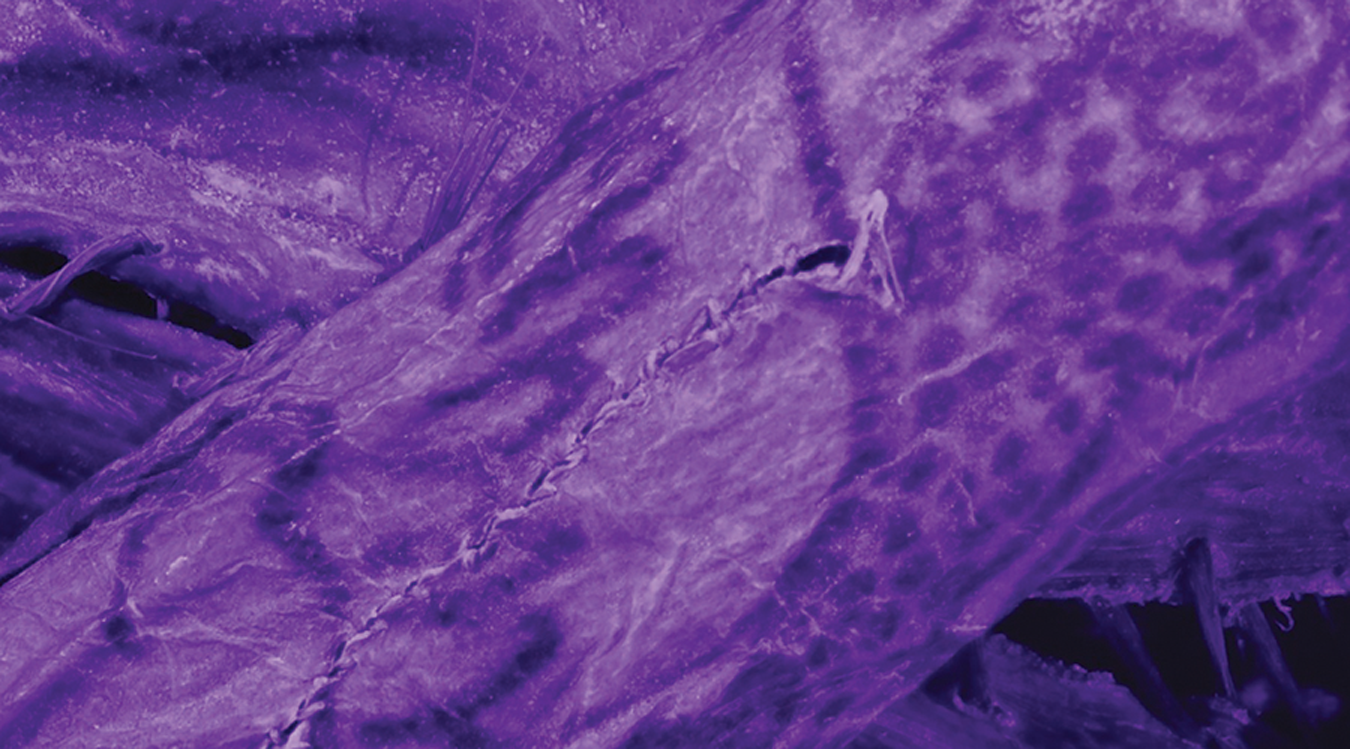
(also, yes, it's a scientific paper, but it is readable and has a lot of cool details you don't get from, for example, the BBC article about it)
I just keep thinking about the ways that these tattoos show the hand of the people who made them. The development of a style, working back to the nature of the tools uses. Just some startlingly cool graphic design, too - the way the animals entwine around each other, the way that the tattoos are placed on the body in a way that accentuates the forms. The development of the style between the different tattoos, too... ah, it's just such a joy to think about people thinking hard to solve recognisable problems, thousands of years ago.
One of the people they worked with was Daniel Riday, who gave himself experimental tattoos to try to understand what the characteristic signs of various methods of prehistoric tattooing might have been. I don't have a good link for that, but I think the paper Chalcolithic Tattooing: Historical and Experimental Evaluation of the Tyrolean Iceman’s Body Markings. There are some videos online of him doing the tattooing, but I won't link them because I'm squeamish.
But! Here comes a forced segue – I am not squeamish about bog butter! Bog butter! Butter buried in a bog!
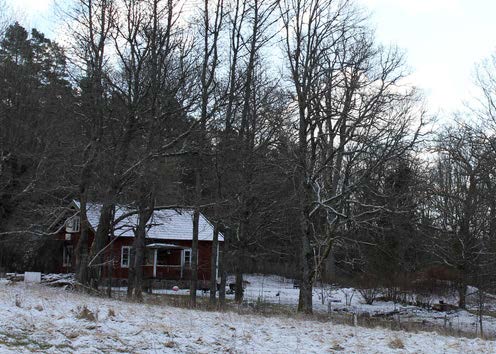
A writeup I keep coming back to, about going into the woods, making butter, and burying it in a hole. Deeply connected to the physical work required, but also to the factors that surround it. And, like Daniel Riday, by doing it you can understand the physical details that say: oh, this is annoying, or this doesn't work that well, they probably did it this way. And insisting - this is not just done for ritual reasons or to preserve for hard times, this has joy in itself. The butter has a taste you can appreciate, the tattoos are placed in a way that shows craft. Whatever other reasons they had, people found joy in this.
Okay, time for more gross stuff. Let's think about worms for a while:
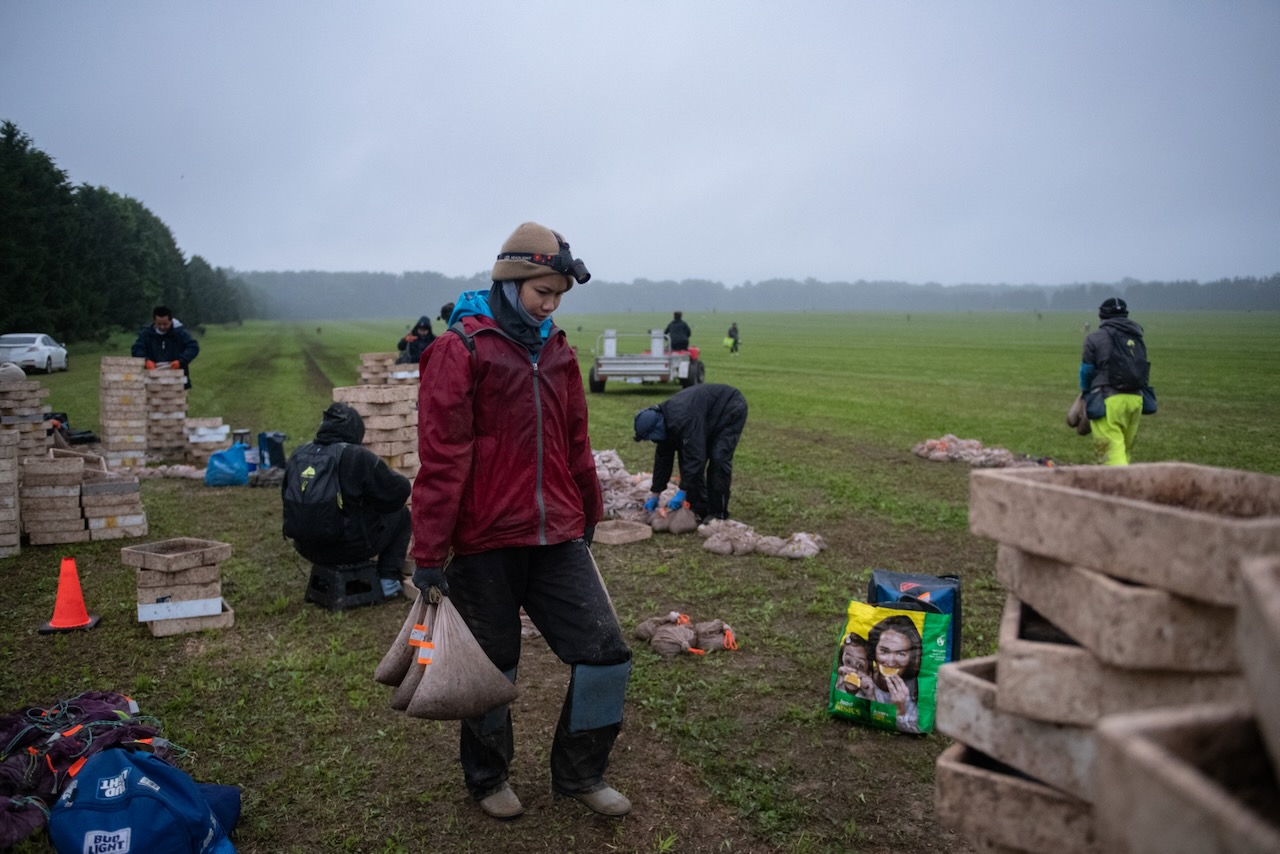
"Canadian nightcrawlers", what a name for an earthworm. But yeah, there are so many small parts of the economy that you don't think about, that have their own culture, their own history, their own economic circumstance. This is that classic genre of story, one where people go deep into a little quirky neglected corner of the world and now your understanding of it is a little wider.
Speaking of quirky stories, here's one about buying some crude oil:
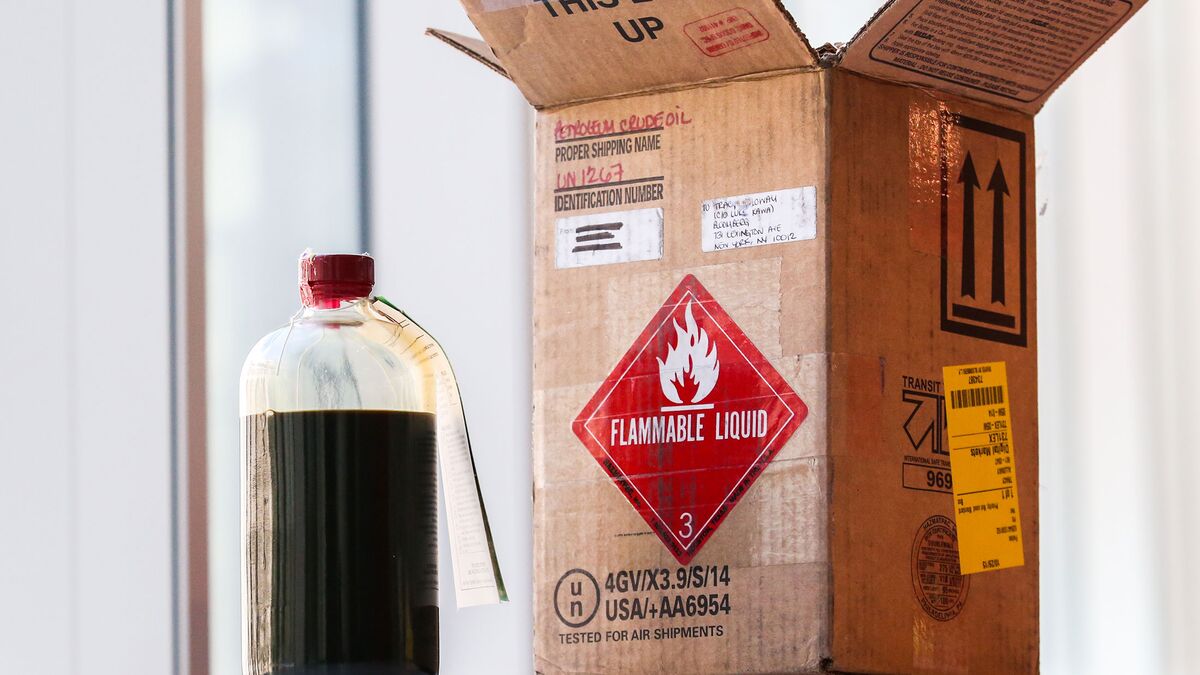
(via Perfect Sentences, a newsletter I definitely recommend)
Again, it's a classic genre of article, the one where someone does something that experts tell them is a bad idea, and persists even as they discover that the experts are correct. The deeper point is still the same, though - to connect the flows of numbers and commodities on a screen to something tangible. Pierce through abstraction until you have a bottle in your hand.
One final link! It's about game design, and actually something pretty close to my Knife Fork Spoon game. It's mheibes:

A game that's purely about detecting a lie. Well, that's not true - there's a little more to it, maybe it's a small shift in the position of a tendon that gives away the game. But people are so so good at picking up on small details of another person's behaviour - this is wild to read about. And the durational aspect of the matches. Conserving energy, conserving spirit, conserving focus.
Anyway, that's all your links for now. I hope you're doing something focused and material with your weekend. I'm going to Scotland.






Member discussion